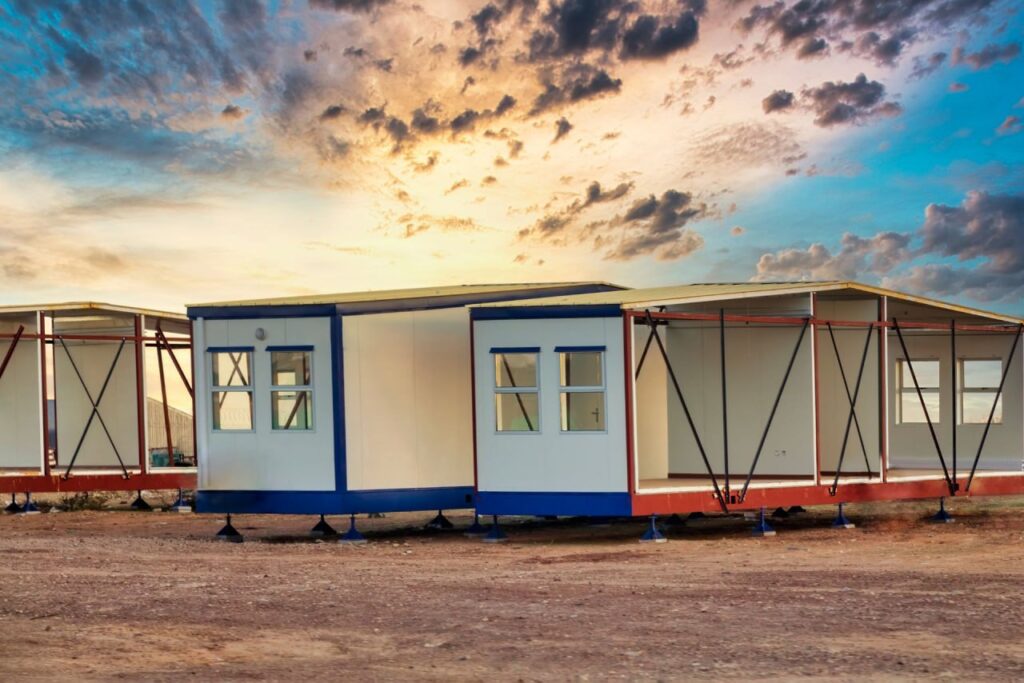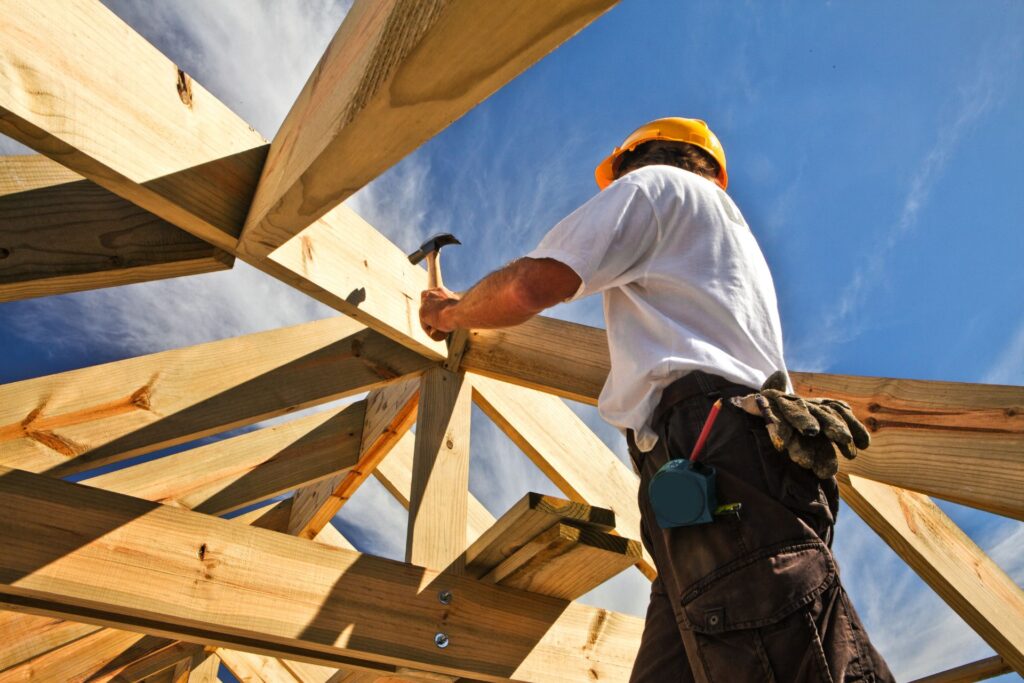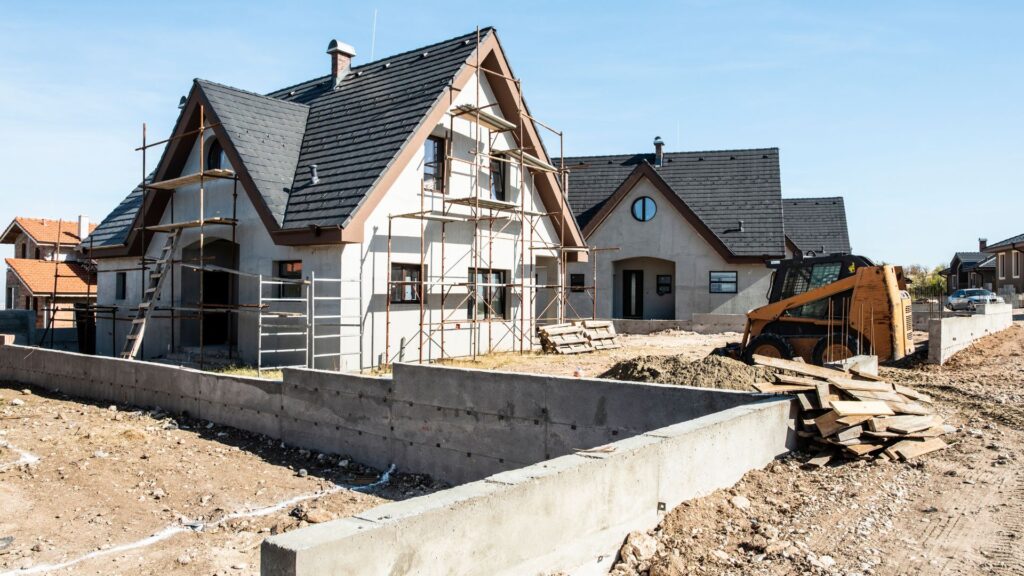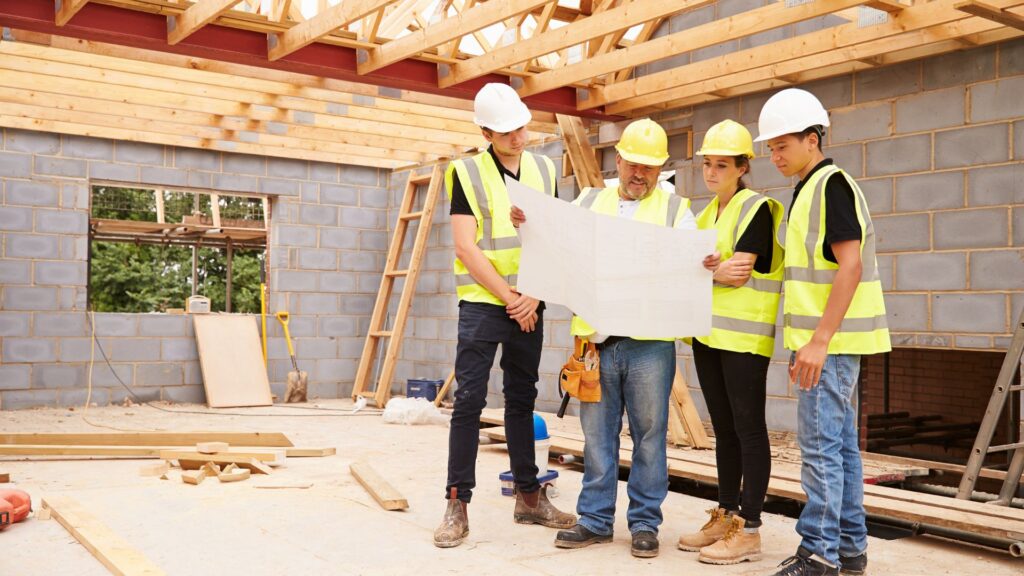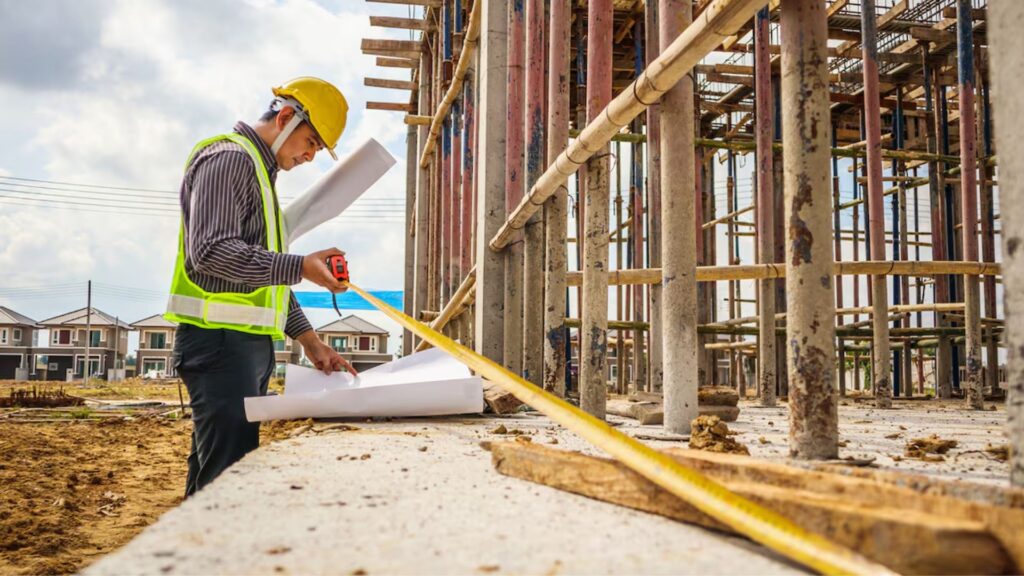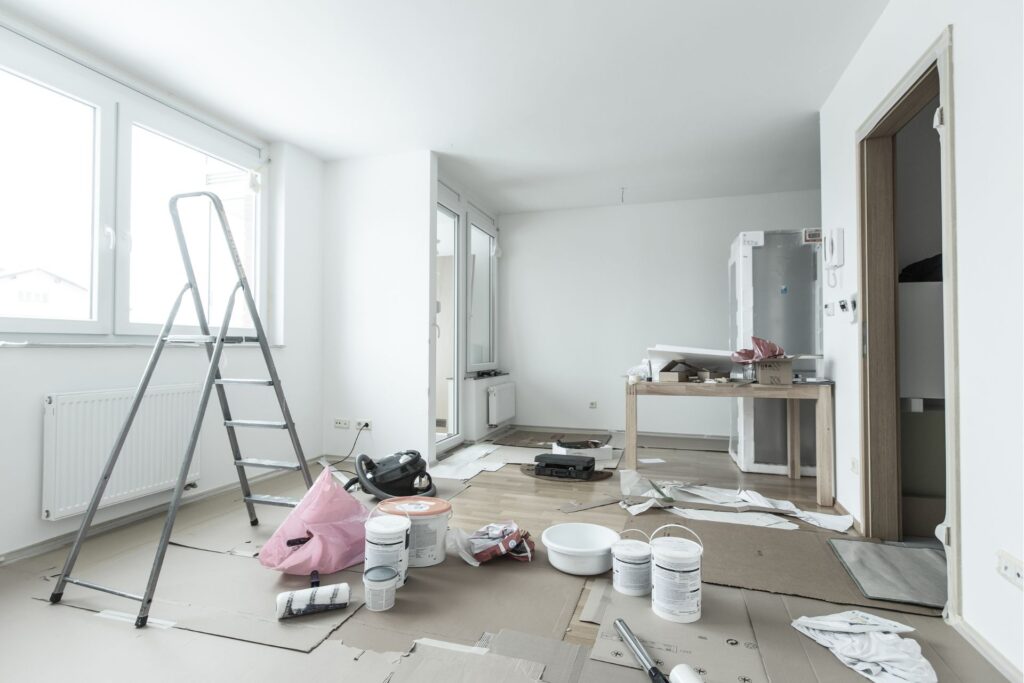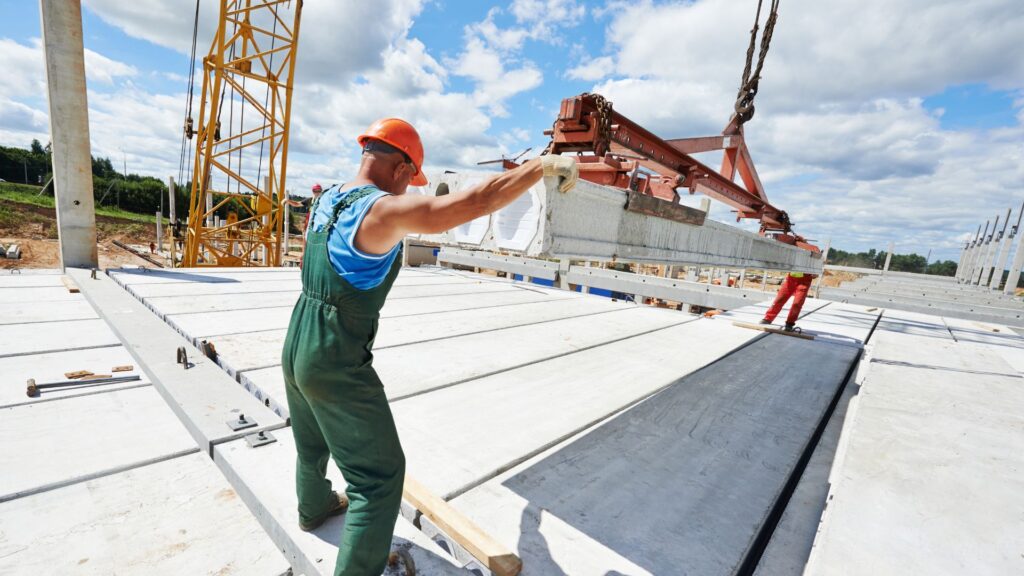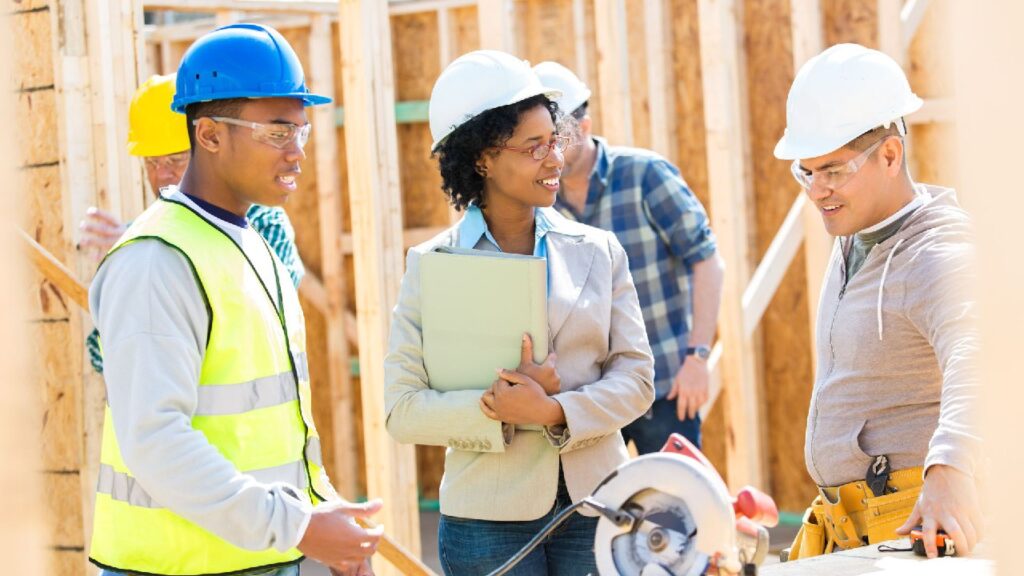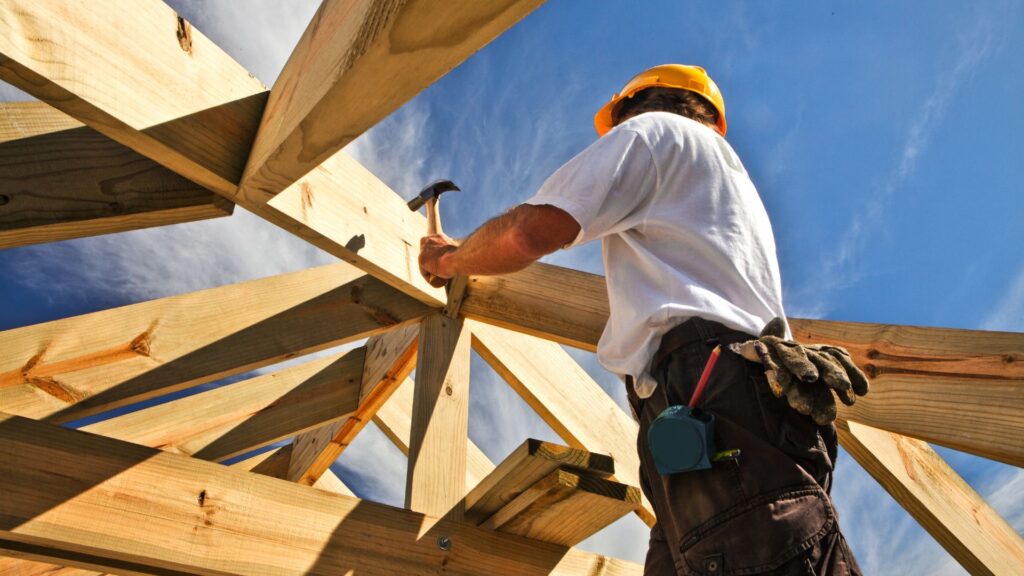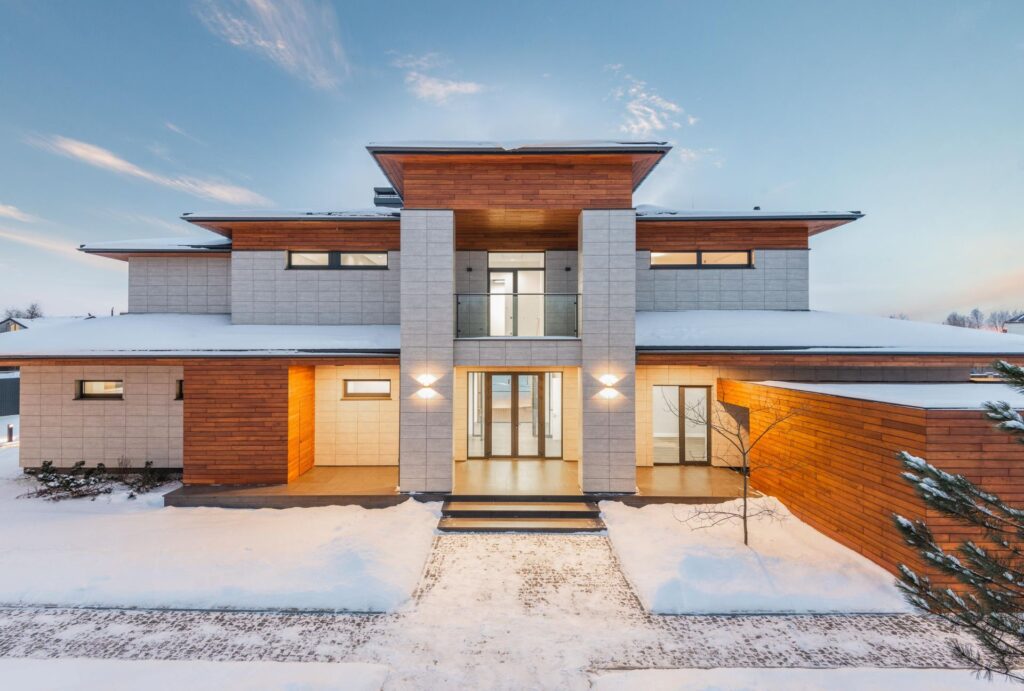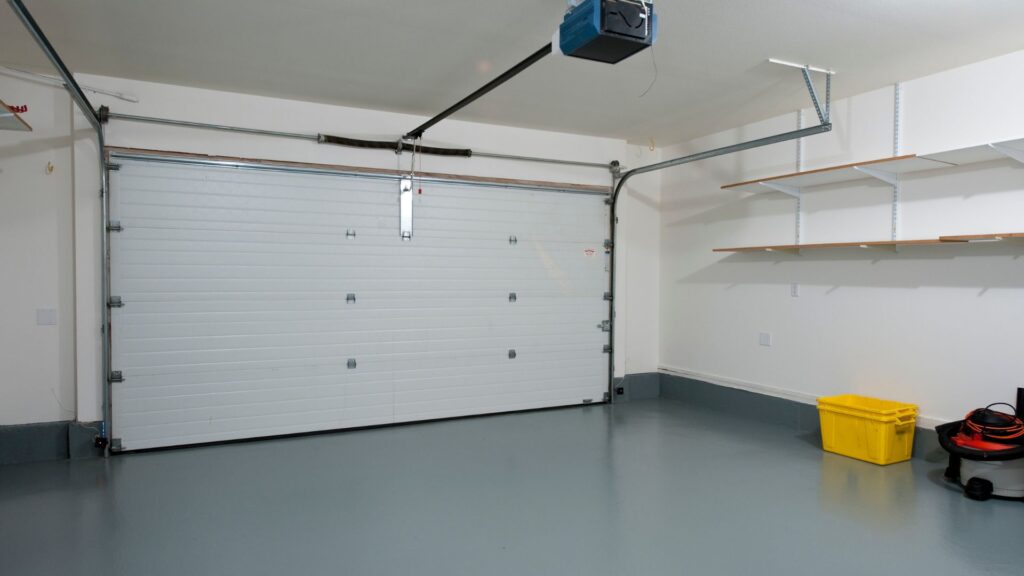Welcome to the Building Industry Update NZ for Quarter Three 2025, where we break down the latest trends, numbers, and shifts shaping New Zealand’s construction sector in a way that’s easy to follow and relevant to you. This quarter has seen a mix of steady progress and fresh challenges, from changes in building consent activity to fluctuating material costs and evolving government policies. Whether you’re a homeowner planning a renovation, an investor watching market movements, or a tradesperson navigating supply and labour conditions, understanding these updates can help you make smarter decisions. In this report, we’ll cover market performance, cost changes, regional developments, sustainability initiatives, and what’s on the horizon for the rest of the year, giving you a clear picture of where the industry stands and where it’s heading.
The building industry in New Zealand during Q3 2025 experienced steady project activity alongside rising material costs and ongoing labour shortages. Building consents showed moderate year-on-year growth, with strong demand in Auckland and key infrastructure developments across Wellington and Christchurch. Sustainability trends gained momentum, while supply chains improved compared to early 2025, setting the stage for cautious optimism heading into Q4.
- The State Of The Building Industry In Q3 2025
- Key Economic Drivers
- Building Costs And Supply Chain
- Regional Breakdown
- Sustainability And Innovation
- Industry Challenges
- Opportunities And Outlook For Q4 2025 And Beyond
- What This Means For You
- FAQs: About Building Industry Update Q3 In NZ
- Conclusion
- Find A Professional Building Company Near You!
The State Of The Building Industry In Q3 2025
The New Zealand building industry in Quarter Three 2025 has experienced a steady yet cautious pace, shaped by both economic realities and evolving demand. While the sector continues to show resilience, factors such as interest rates, labour availability, and material costs are influencing how projects progress. Many industry professionals describe Q3 as a period of “measured growth”, not a construction boom, but far from a slowdown. Activity has remained consistent across both residential and commercial sectors, with a noticeable focus on long-term infrastructure and housing developments.
Building consent data for Q3 paints an informative picture of where the market is heading. Compared to Q2 2025, consent numbers have risen slightly, showing a modest recovery from earlier in the year. When measured against Q3 2024, the increase is more pronounced, driven by continued urban housing demand, regional development incentives, and a push to complete deferred projects from previous quarters. Auckland remains the busiest consent hub, but Wellington and Christchurch have also recorded healthy figures thanks to government-backed public works and private sector investments.
Major projects have made headlines this quarter, signaling confidence in the market. In Auckland, several large-scale apartment complexes have broken ground, aiming to meet the city’s growing population needs. Wellington has seen progress on key civic and transport infrastructure upgrades, while Christchurch continues to balance residential builds with commercial developments to support its expanding economy. Regional towns are also seeing activity, with community housing initiatives and smaller-scale retail developments contributing to local growth.
Government action has played a visible role in shaping Q3’s industry climate. Updates to building regulations have been introduced to streamline compliance processes, making it easier for builders to get projects underway. Additional funding for affordable housing projects has been allocated, alongside targeted incentives for sustainable construction practices. These measures are designed to address housing shortages, improve build quality, and encourage energy-efficient design across the sector.
For anyone following the building industry, Q3 2025 reflects a market that is adapting to shifting economic and social priorities. With stable demand, strategic government support, and ongoing project activity, the sector appears well-positioned to maintain momentum as New Zealand heads into the final quarter of the year.

Key Economic Drivers
The performance of New Zealand’s building industry in Quarter Three 2025 is closely tied to several core economic factors. These elements directly influence project demand, construction costs, and the pace at which developments move forward. Understanding these drivers helps homeowners, investors, and industry professionals make informed decisions.
Interest Rate Movements And Their Impact On Construction Activity
In Q3 2025, interest rates remained a talking point for both the residential and commercial sectors. Higher rates can limit borrowing power for homeowners and developers, leading to a slowdown in new projects. On the other hand, a stable or slightly reduced rate can encourage more building activity as loans become more affordable. This quarter, steady rates provided some certainty, but cautious spending habits kept many developers focused on completing existing projects rather than starting large-scale new builds.
Inflation Trends And Material Costs
Inflation continues to play a significant role in shaping construction expenses. While some building materials have seen price stabilization compared to the sharp increases of 2023–2024, others, such as steel and concrete, remain high due to global demand and production costs. Timber prices have shown mild relief, thanks to improved local supply, but imported fixtures and specialist materials are still impacted by freight costs. These fluctuations mean builders and clients must plan budgets carefully and allow for potential mid-project price changes.
Labour Market Conditions In Construction Trades
Skilled labour remains in short supply across New Zealand’s building sector. The demand for experienced tradespeople, carpenters, electricians, plumbers, and project managers, continues to outstrip availability. This shortage not only pushes up wages but also extends project timelines, as contractors struggle to allocate staff to multiple sites. Training programs and immigration policies aimed at boosting the workforce are in place, but their impact will take time to filter through to everyday building operations.
Exchange Rates And How Imports/Exports Are Affected
Exchange rate movements in 2025 have had a direct influence on the cost of imported construction materials and equipment. A weaker New Zealand dollar increases the price of goods sourced overseas, while a stronger currency can ease those costs. In Q3 2025, moderate fluctuations meant some unpredictability for importers, particularly in categories like machinery, fixtures, and high-tech building systems. Exporters of building products, such as prefabricated housing components, also felt the effects, with competitiveness in overseas markets shifting alongside currency trends.
By keeping a close watch on these economic drivers, industry players can better anticipate challenges, identify opportunities, and adjust strategies to meet changing market conditions. For anyone connected to the building industry, whether commissioning a new build, investing in property, or managing construction operations, staying informed on these factors is key to making confident, cost-effective decisions.

Building Costs And Supply Chain
The third quarter of 2025 has brought notable shifts in New Zealand’s building costs and supply chain conditions, with both positive and challenging developments influencing the construction sector. For anyone planning a project, whether it’s a new home, a commercial build, or a renovation, understanding these changes can help you budget accurately and set realistic timelines.
Changes In The Cost Of Core Materials
The cost of essential building materials such as timber, steel, and concrete has continued to fluctuate in Q3 2025. Timber prices have eased slightly compared to earlier in the year, largely due to improved local supply and a slowdown in international demand. Steel prices, on the other hand, remain higher than average because of elevated global production costs and shipping expenses. Concrete pricing has stayed relatively stable, but transportation costs have added pressure for projects in regional areas. For builders and homeowners, these shifts highlight the importance of sourcing quotes early and locking in supply agreements where possible.
Local Manufacturing Vs Imports
Local manufacturing has played a bigger role this quarter in helping balance material availability. Several New Zealand manufacturers have ramped up production to meet domestic demand, particularly for timber and prefabricated building components. This has reduced reliance on overseas shipments for some projects, lowering exposure to global freight delays and currency fluctuations. However, certain materials, such as specialist steel products or high-grade fixtures, still rely heavily on imports, which means costs and delivery times can vary depending on global market conditions.
Supply Chain Disruptions Or Improvements Since Earlier In The Year
Compared to the start of 2025, supply chain conditions have improved. Ports are experiencing fewer backlogs, and shipping schedules have become more predictable. Many builders report shorter lead times for common materials, which is helping projects progress more smoothly. That said, occasional disruptions still occur, especially for imported specialty items or products sourced from regions experiencing political or economic instability. These minor delays can ripple through project timelines if not managed proactively.
Impact On Timelines For Residential And Commercial Builds
The overall effect on project timelines in Q3 has been a mix of improvement and caution. Residential builds are benefiting from quicker delivery of standard materials, allowing for more efficient scheduling. Commercial projects, which often require custom or imported components, continue to face longer lead times in certain areas. Project managers are placing greater emphasis on early procurement planning and maintaining open communication with suppliers to avoid unexpected delays. For both sectors, careful coordination between contractors, suppliers, and clients remains the best way to keep builds on track.
This section of the update underscores a clear takeaway, while New Zealand’s building industry is seeing progress in cost stability and supply reliability, strategic planning is still essential. Knowing where your materials are coming from, how much they’ll cost, and when they’ll arrive can make the difference between a smooth build and a project that runs over budget or schedule.
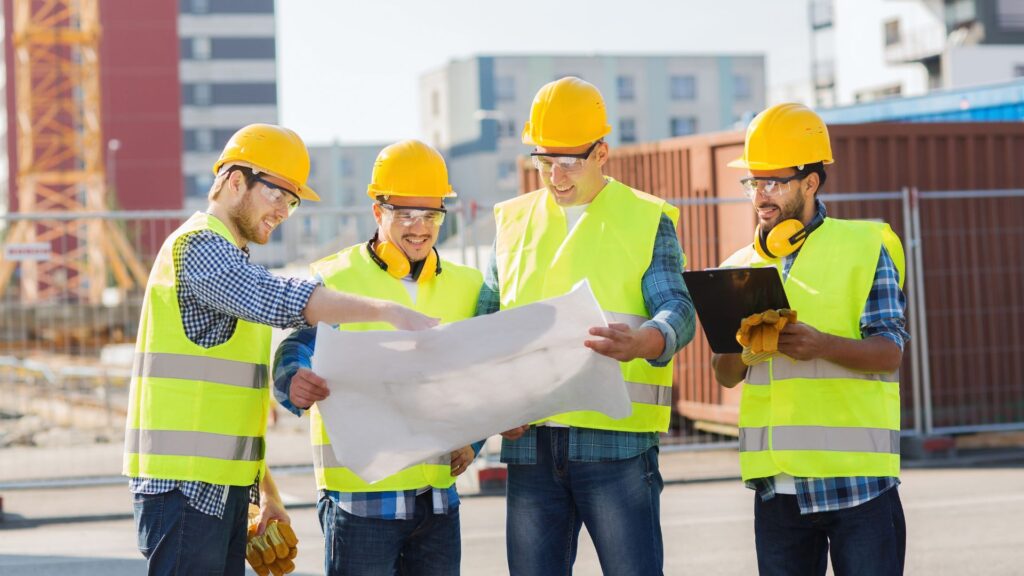
Regional Breakdown
Auckland – Housing Demand And Major Infrastructure Projects
Auckland remains the country’s busiest building hub in Q3 2025, driven by a consistent demand for both residential and commercial spaces. Housing demand has stayed strong despite higher interest rates, with many buyers taking advantage of newly completed developments in the suburbs. Large-scale infrastructure projects, including transport upgrades and public facilities, continue to fuel the city’s construction workload. New zoning changes have also encouraged higher-density housing, particularly around transit hubs, which is helping meet long-term population growth. For investors and developers, Auckland’s mix of ongoing projects and future urban expansion presents significant opportunities, but competition for skilled labour and materials remains high.
Wellington – Public Sector And Government Building Activity
Wellington’s building sector is heavily influenced by public sector spending, and Q3 2025 has been no exception. The capital is seeing steady government investment in office refurbishments, public housing developments, and infrastructure improvements. Seismic strengthening projects remain a major focus, with several heritage and civic buildings undergoing upgrades to meet earthquake safety standards. These projects not only boost construction activity but also create consistent work for engineering and specialist trades. While the pace of private sector building is more measured, demand for high-quality office spaces and sustainable urban housing continues to support growth.
Christchurch – Rebuild And Growth Trends
Christchurch continues to balance post-earthquake rebuild efforts with new growth opportunities. Q3 2025 has seen an increase in both residential subdivisions and commercial developments, particularly in the city’s expanding business districts. The focus on resilience remains strong, with many projects incorporating advanced engineering techniques and sustainable design principles. The city’s ongoing population growth is also driving demand for community infrastructure, including schools, healthcare facilities, and public transport upgrades. With a growing reputation as a hub for technology and innovation, Christchurch is attracting investment that could further strengthen its building pipeline in the coming years.
Regional Areas – Development Projects And Council Initiatives
Outside the main metropolitan centers, regional New Zealand is experiencing its own wave of building activity. Councils in areas such as Tauranga, Hamilton, and Queenstown are actively promoting housing developments to keep up with migration from larger cities. Infrastructure upgrades, including road improvements and water systems, are being rolled out to support this growth. Many regions are also embracing sustainable development, with local councils encouraging the use of eco-friendly materials and energy-efficient building designs. These initiatives are helping smaller communities attract both residents and business investment, contributing to a more balanced distribution of construction activity across the country.
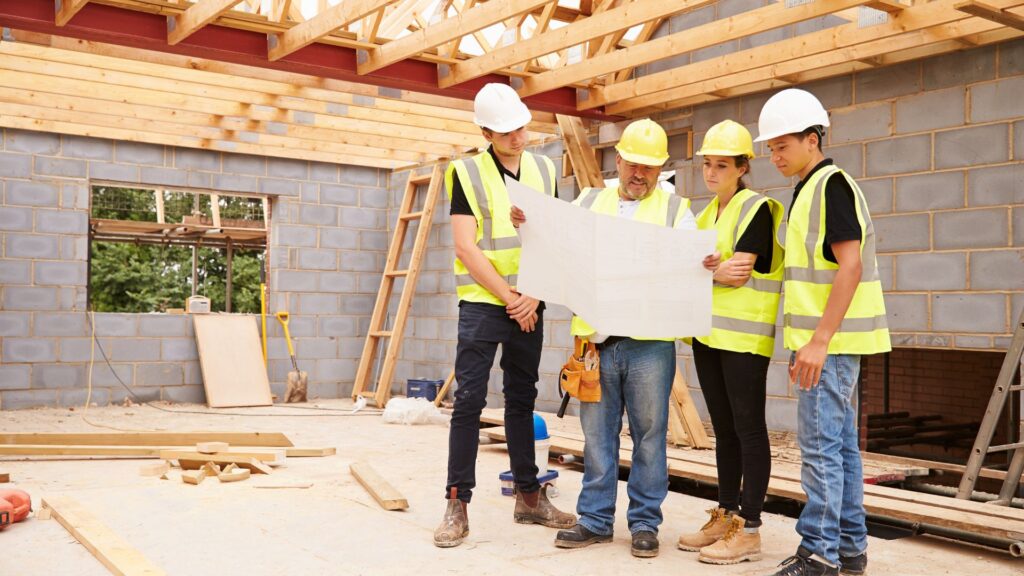
Sustainability And Innovation
Sustainability and innovation are becoming central to New Zealand’s building industry, and Quarter Three 2025 has highlighted just how important these areas have become for both professionals and consumers. The push towards environmentally responsible construction is no longer a niche trend, it is a standard expectation across residential, commercial, and public projects. This shift is driven by a combination of government policies, market demand, and the industry’s own commitment to reducing environmental impact.
Growth In Sustainable Building Practices
The third quarter of 2025 saw more builders and developers adopting sustainable building practices than ever before. These include efficient site planning to reduce waste, sourcing locally produced materials to cut transport emissions, and using recycled or reclaimed products in new builds. Builders are increasingly incorporating rainwater harvesting, low-flow plumbing fixtures, and advanced insulation techniques to improve building performance. Many projects now undergo sustainability assessments before breaking ground, ensuring environmental considerations are integrated from the start rather than as an afterthought.
Adoption Of New Materials Or Building Methods
Innovation in materials and methods is also playing a key role. Cross-laminated timber (CLT), engineered bamboo, and low-carbon concrete mixes are becoming more common on construction sites. Prefabrication and modular building techniques are gaining traction, offering faster project delivery, reduced waste, and greater quality control. These methods are particularly appealing in high-demand regions where timeframes and budgets are tight. Builders are also experimenting with smart building technologies, such as integrated energy management systems and automation tools, to enhance performance and reduce operational costs.
Updates On Green Building Certifications
Green building certifications are now a significant selling point for both residential and commercial properties. Programmes such as Homestar, Green Star, and Passive House certification have seen a notable rise in applications during Q3 2025. These certifications not only validate the sustainability of a project but also reassure buyers and tenants that their home or workplace will be healthier, more energy-efficient, and cheaper to run in the long term. Many developers are finding that achieving certification helps them stand out in a competitive market and aligns with the growing corporate focus on environmental responsibility.
Consumer Demand For Energy-Efficient Homes
Demand for energy-efficient homes continues to climb as homeowners look for ways to lower power bills and reduce their carbon footprint. Buyers are increasingly seeking properties with double or triple glazing, solar power systems, and advanced ventilation technology. For many, energy efficiency is no longer just a bonus, it’s a deciding factor in their purchase. This consumer pressure is pushing developers and builders to exceed minimum building code requirements and offer homes that deliver measurable long-term savings.
In Q3 2025, sustainability and innovation have moved from optional extras to key drivers of the building industry’s direction in New Zealand. Those who invest in greener practices, adopt modern building methods, and meet the rising expectations of eco-conscious consumers are positioning themselves for long-term success in a rapidly evolving market.

Industry Challenges
The New Zealand building industry in Quarter Three 2025 is facing a mix of pressures that continue to test its resilience. While demand for both residential and commercial projects remains steady, several challenges are affecting timelines, budgets, and overall project feasibility. Understanding these issues is crucial for homeowners, investors, and industry professionals who need to plan ahead.
Workforce Shortages And Training Issues
The shortage of skilled tradespeople remains one of the most pressing concerns in the sector. Carpenters, electricians, plumbers, and project managers are in high demand, but the supply of qualified workers has not kept pace. This gap is driven by a combination of factors, including an aging workforce, fewer young people entering the trades, and competition from overseas construction markets. Training programs are available, but many industry leaders say they need to be faster and more closely aligned with current building practices. Without enough skilled workers, projects risk longer completion times and higher labor costs.
Rising Costs Impacting Project Viability
Material prices have remained elevated in Q3 2025, with timber, steel, and concrete still costing more than pre-pandemic levels. Inflation, global shipping expenses, and supply chain adjustments all play a role in these higher costs. For developers and homeowners, this means tighter budgets and, in some cases, the postponement or downsizing of planned projects. In high-interest-rate conditions, the cost of borrowing also affects profitability, making it harder to greenlight new developments.
Regulatory Or Compliance Hurdles
Navigating the regulatory environment has become more complex for many builders and developers. Updated building codes, environmental requirements, and council consent processes often extend project timelines. While these regulations aim to improve safety and sustainability, they can also increase costs and create uncertainty for smaller firms. Some companies are investing in compliance experts to manage paperwork and ensure all standards are met before construction begins, which helps avoid costly delays later.
Environmental/Weather-Related Delays
New Zealand’s climate continues to present unpredictable challenges for the building industry. Heavy rain, flooding, and strong winds have disrupted construction schedules in several regions during Q3 2025. In addition to physical damage to worksites, weather delays can push back project milestones and add to labor and equipment rental costs. Many companies are now factoring in longer weather contingency periods and exploring more weather-resilient building methods to reduce downtime.
By recognizing and addressing these industry challenges early, builders, investors, and policymakers can work together to maintain steady progress in the sector. While these hurdles are significant, they also present opportunities for smarter planning, targeted training, and innovative solutions that strengthen New Zealand’s construction market for the future.
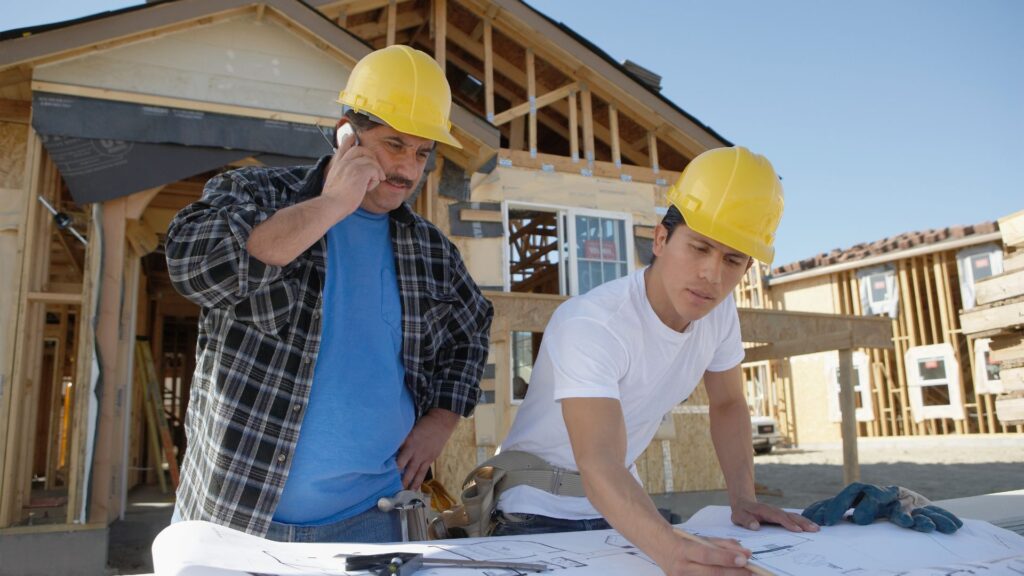
Opportunities And Outlook For Q4 2025 And Beyond
As New Zealand’s building industry moves into the final quarter of 2025, there are clear signs of where the biggest opportunities lie and how the market is likely to perform in the near future. While the past quarters have seen both progress and challenges, Q4 presents a unique mix of growth potential, evolving technologies, and shifting market conditions that could benefit homeowners, investors, and industry professionals.
Growth Areas: Renovations, Infrastructure, And Prefab Housing
Renovations continue to be one of the strongest drivers in the sector, fueled by homeowners who are choosing to upgrade rather than sell in a tight property market. Many are adding value through energy-efficient upgrades, modern kitchen and bathroom remodels, and extensions that make homes more functional for multi-generational living.
Infrastructure projects are also a key growth area, supported by ongoing government investment in transport networks, schools, and healthcare facilities. These projects not only provide short-term employment but also strengthen the long-term economic outlook.
Prefab housing is gaining traction as a cost-effective and time-saving solution to meet the country’s housing demand. With improved manufacturing quality and greater design flexibility, prefabricated builds are becoming more appealing to both developers and private buyers.
Technology Adoption In Building Processes
Technology is playing a bigger role than ever in construction. The adoption of Building Information Modeling (BIM) allows project teams to plan, design, and manage builds more efficiently. On-site, drones are being used for surveying and monitoring progress, while advanced machinery is reducing manual labour time.
In addition, digital project management tools are helping builders track budgets, timelines, and compliance requirements in real time. This increased efficiency can lead to faster project delivery and lower costs, which benefits both builders and clients.
Expected Market Shifts In Demand And Pricing
The demand for smaller, more affordable homes is expected to grow in Q4, particularly in regional areas where land is more accessible. With interest rates stabilizing, more first-home buyers may enter the market, creating steady demand for new builds.
Pricing trends are likely to remain mixed, while some material costs are easing due to improved supply chains, high labour costs may keep overall project expenses elevated. Developers who can manage budgets effectively and leverage new construction methods could maintain competitive pricing without sacrificing quality.
Expert Forecasts And Commentary
Industry experts predict cautious optimism for Q4 2025. While the sector is not without its challenges, such as the ongoing need for skilled labour, most analysts believe demand will hold steady into early 2026.
Many forecasts highlight the importance of adaptability. Builders who embrace sustainable practices, invest in technology, and explore new housing models like prefab are expected to be best positioned for growth. Similarly, homeowners and investors who understand regional demand patterns and act strategically could see strong returns in the coming year.

What This Means For You
The third quarter of 2025 has brought a mix of steady demand, cost adjustments, and ongoing challenges for New Zealand’s building industry. Whether you are planning a renovation, monitoring investment opportunities, working in the trades, or shaping public policy, these developments have direct implications for your decisions in the months ahead.
Homeowners – Timing For Renovations Or Builds
If you have been considering a new build or major renovation, Q3 2025 offers a clearer picture of costs and timelines compared to earlier in the year. While material prices remain higher than pre-2020 levels, supply chain delays have eased, meaning projects can move forward with more predictable schedules. Planning now could help you lock in contractors before demand rises further in the summer months. Be sure to get multiple quotes, factor in potential weather disruptions, and consider sustainable building options that can lower long-term energy costs.
Investors – Where The Market Is Heading
For property investors, the Q3 data suggests continued demand in high-growth areas such as Auckland, Wellington, and Christchurch. Residential projects are still in demand, but there is also growing interest in commercial developments, particularly in regional hubs supported by infrastructure spending. Keeping an eye on interest rate movements and council planning announcements can help you identify where future growth is likely to occur. Strategic investments in areas with new transport links or urban renewal projects may deliver stronger returns in the coming years.
Industry Professionals – Skills And Sectors In Demand
If you work in the construction sector, Q3 trends highlight strong demand for skilled trades, project managers, and specialists in sustainable building practices. Prefabrication, modular construction, and energy-efficient design expertise are becoming more sought after as developers look for faster build times and reduced environmental impact. Upskilling in these areas can help you stay competitive and open up new contract opportunities.
Policymakers – Areas For Focus In The Next Quarter
For policymakers, the quarter’s results underline the need to address skilled labour shortages, encourage sustainable building methods, and support affordable housing initiatives. Infrastructure investment remains a key driver of economic growth, and targeted policies that improve supply chain resilience can further strengthen the sector. Reviewing building regulations to balance safety, environmental goals, and affordability will also be critical in ensuring the industry’s stability heading into Q4 and beyond.
By understanding these specific impacts, you can take proactive steps, whether that means starting your build sooner, adjusting your investment strategy, expanding your skill set, or refining policy to support the sector’s long-term health.
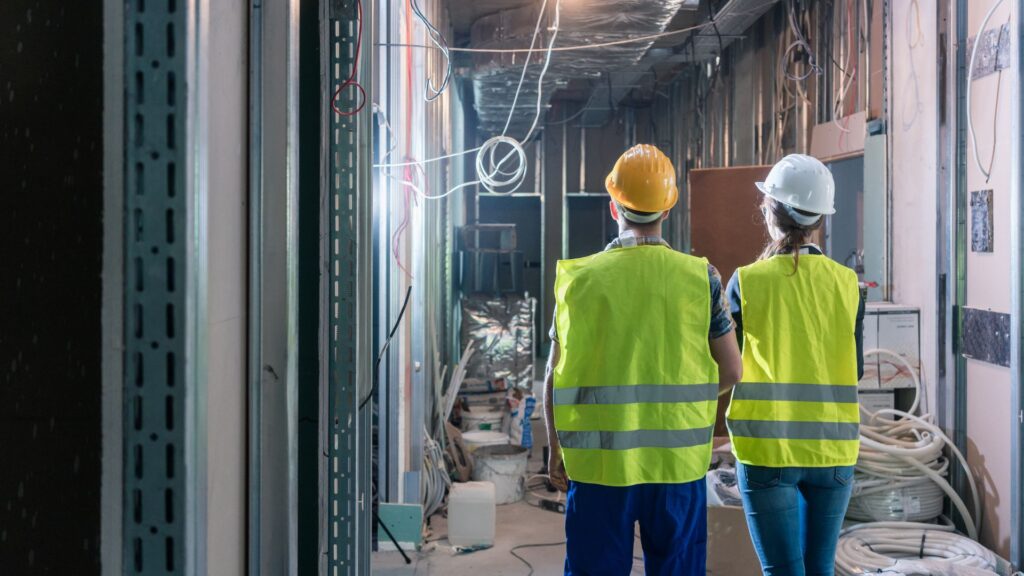
FAQs: About Building Industry Update Q3 In NZ
Conclusion
The Building Industry Update NZ for Quarter Three 2025 highlights a sector that remains active despite facing rising material costs, ongoing labour shortages, and shifting economic pressures. Throughout this quarter, steady growth in building consents, improved supply chain conditions, and a stronger focus on sustainability have shaped both residential and commercial construction across the country. Regional leaders like Auckland, Wellington, and Christchurch continue to drive development, while smaller towns are also benefiting from increased project activity. For homeowners, investors, and industry professionals, these insights provide a valuable guide to navigating the months ahead. To make the most of current opportunities and prepare for potential challenges, it’s essential to stay informed through credible industry updates, seek advice from qualified experts, and plan projects or investments based on reliable market forecasts.
Find A Professional Building Company Near You!
- Auckland Builders For Small Jobs
- Builders Alexandra
- Builders Ashburton
- Builders Auckland
- Builders Blenheim
- Builders Cambridge
- Builders Central Otago
- Builders Christchurch
- Builders Clyde
- Builders Cromwell
- Builders Dunedin
- Builders Feilding
- Builders Gisborne
- Builders Hamilton
- Builders Hastings
- Builders Havelock North
- Builders Hawkes Bay
- Builders Hibiscus Coast
- Builders Invercargill
- Builders Johnsonville
- Builders Kapiti
- Builders Kerikeri
- Builders Levin
- Builders Lower Hutt
- Builders Manawatu
- Builders Masterton
- Builders Mosgiel
- Builders Napier
- Builders Nelson
- Builders New Plymouth
- Builders Oamaru
- Builders Paihia
- Builders Palmerston North
- Builders Paraparaumu
- Builders Porirua
- Builders Pukekohe
- Builders Queenstown
- Builders Rangiora
- Builders Rolleston
- Builders Taupo
- Builders Tauranga
- Builders Te Awamutu
- Builders Timaru
- Builders Tokoroa
- Builders Upper Hutt
- Builders Waikanae
- Builders Wanaka
- Builders Warkworth
- Builders Wellington
- Builders West Auckland
- Builders Whakatane
- Builders Whanganui
- Builders Whangarei
- Handyman Wellington
- Home Builders Rotorua
- Kitchen Removal Service Auckland
- Wellington Builders For Small Jobs
About the Author:
Mike Veail is a recognized digital marketing expert with over 6 years of experience in helping tradespeople and small businesses thrive online. A former quantity surveyor, Mike combines deep industry knowledge with hands-on expertise in SEO and Google Ads. His marketing strategies are tailored to the specific needs of the trades sector, helping businesses increase visibility and generate more leads through proven, ethical methods.
Mike has successfully partnered with numerous companies, establishing a track record of delivering measurable results. His work has been featured across various platforms that showcase his expertise in lead generation and online marketing for the trades sector.
Learn more about Mike's experience and services at https://theleadguy.online or follow him on social media:


